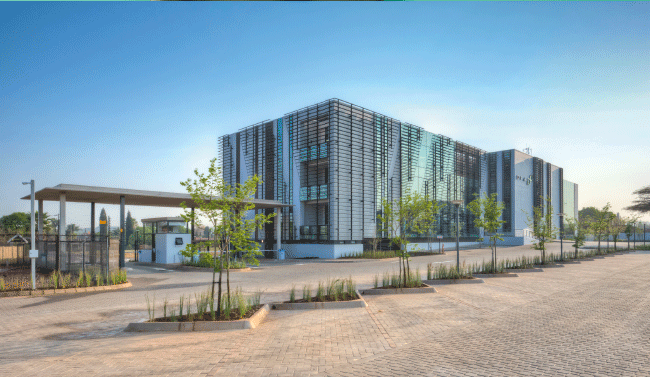At the end of 2019, many business leaders would have no doubt taken time to reflect on the past year. In line with Gartner’s recent finding that digital transformation is a priority in more than 90% of organisations globally, it would certainly have been one of the key focus areas for many.
The McKinsey Global Survey on digital transformations found the success rates of transformation to be alarmingly low – just 26% among high-tech, media and telecoms companies, and as low as 4% in other industries. These low figures belie the immense potential benefits of successful transformation, which include significant improvement to customer experience and employee engagement as well as overall business improvement, resulting in increased revenues. The low success rate also raises the question of why such an important step in businesses’ evolution presents such a big hurdle.
‘The key to defining success is having a clear picture of what it looks like in the context of both medium- and long-term business objectives. Having established this, developing a clear road map towards achieving it, along with measurable milestones, is critical,’ says Vino Govender, DFA executive: strategy, mergers and acquisitions, and innovation. He argues that the picture of success should be a clear but realistic one, and that it should consider a number of factors. Govender points out that what can be considered as success will differ based on geographical location, availability of skills and overall organisational culture.

‘For example, in countries with high levels of digital literacy, you would expect to see greater levels of transformation; transformation in a medium-sized company with young leadership and staff will go a lot quicker than in a large corporate with long-established systems and processes and long-serving employees,’ he says.
‘As we embarked on our digital transformation, we took into consideration how our business operating model and architecture need to evolve to meet the above-mentioned objectives,’ says Govender. He adds that this included an evaluation of the current state of the business operating model and associated processes and systems, the desired state and a gap analysis between them. ‘This analysis informed a prioritised set of digitalisation initiatives that would enable us to close the gaps in a way that created incremental value towards meeting our business objectives.’
These digitalisation initiatives ranged from foundational ones, such as data management and data integrity activities, to more advanced initiatives, including catalogue-driven order-management automation and AI-driven network management. DFA plans to introduce more automation where appropriate to meet its business objectives. In addition, data analytics and organisation-wide data-governance practices will remain at the top of its priority list.
‘We also understand, however, that it takes more than a good strategy to make progress towards our desired destination,’ says Govender. He points to employee buy-in as being perhaps one of the most critical factors for success. ‘It’s commonly understood that digital transformation is not about technology but about people – from putting the customer at the centre of our transformation to taking our employees and other stakeholders along for the journey – emphasising people empowerment and people-centred leadership.’
Throughout the journey, robust change management has been, and will continue to be, an imperative. DFA is planning more awareness campaigns and training as part of a continuing commitment to putting people at the forefront of its transformation. ‘A popular saying is that a journey of a thousand miles begins with a single step. We have certainly made inroads towards an even more digitally transformed DFA. It is a journey that our people and our customers are walking with us towards shared success,’ he says.

ABOUT DFA
DFA is a premier open-access fibre infrastructure and connectivity provider. It finances, builds, installs, manages and maintains a world-class fibre network to transmit metro and long-haul telecoms traffic. DFA began rolling out its fibre network in 2007 and, to date, it has deployed more than 13 000 km of ducting infrastructure across major metros, secondary cities and smaller towns. DFA has also expanded its operations into Zimbabwe. The network runs with an industry-leading uptime of 99.98%. DFA leases its secure transmission and backbone fibre infrastructure and provides associated connectivity services to telecoms operators, internet service providers, media conglomerates, tertiary education institutions, municipalities, government organisations and other businesses – large and small – on equal terms.
TOP 5 DIGITAL TRANSFORMATION TIPS
- Maintain a big-picture approach. This means understanding your destination before setting off on your digital transformation journey, and most of all, making your customers the focal point of your transformation endeavours.
- Define what success means relative to your organisation’s business goals and against the various factors that will impact your transformation.
- Have definite, realistic, measurable goals at various points of the process – then keep building on the success. Unrealistic goals can hamper the process by creating a sense of never quite hitting the mark.
- People, people, people. Drive digital transformation at the people level and you will create a number of advocates across the business.
- Cut your losses. Along the digital transformation journey you will encounter a number of firsts, and as with any other unexplored undertaking, there are a number of risks associated with it. The worst thing you can do is to keep sinking money into what is not working.

96 Koranna Avenue
Doringkloof, Centurion, 0157
+27 (0)12 443 1000
www.dfafrica.co.za








